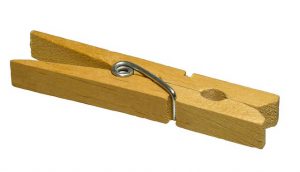Torsion Spring Design

Torsion springs are engineered to varying specifications of load, wind, deflection, spring rate, and other properties. A number of considerations go into torsion spring design. Design details are dictated by the application and are based on factors such as:
- Dimensional constraints
- Rod usage
- Body length
- Leg bend and length
- Deflection length
- Required torque
- Free length angle
- Material
Torsion spring design considerations also include whether or not a finish will be used, and if so, what type of finish will provide optimal performance for the application. When torsion springs are needed for corrosive environments, in which the spring will be exposed to harsh weather or moisture, stainless steel or another type of corrosion resistant metal will be used. If the conditions are especially demanding, however, an additional finish may be needed to provide optimal performance. A few finish options that are commonly used include black oxide, passivate, gold iridite, and zinc.
When the spring is not well-suited or designed for the application, torsion spring failure can occur. Corrosion or other steadily destructive forces can lead to serious problems. Since torsion springs are most often used in applications that involve large amounts of force, sudden and unexpected failure can put nearby property, or worse yet, people at risk. It is critical that torsion spring design be appropriate for the job. The best way to assure you get the right torsion spring design that will deliver performance, reliability, and safety is to choose a knowledgeable and experienced manufacturer.
W.B. Jones has over 100 years’ experience providing quality stock torsion springs and custom springs for any application.
 LinkedIn
LinkedIn